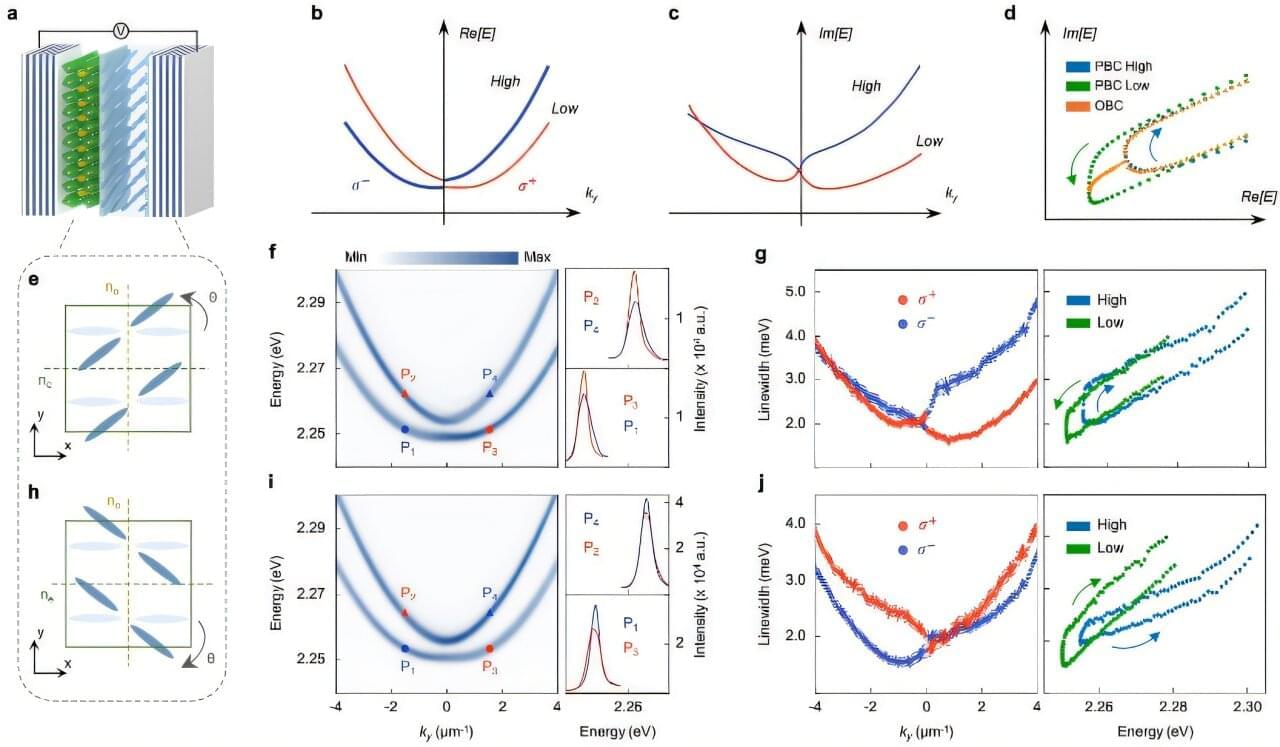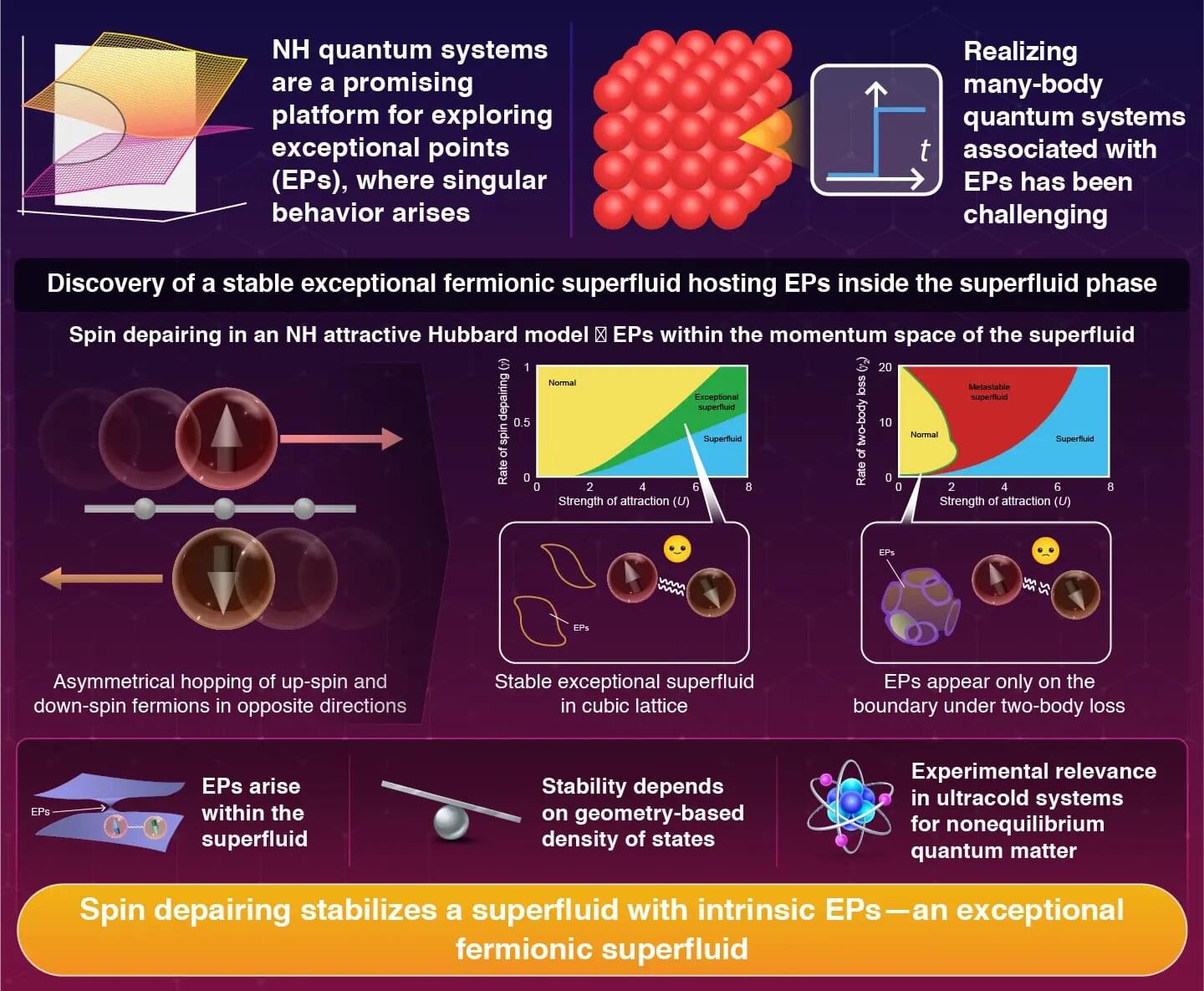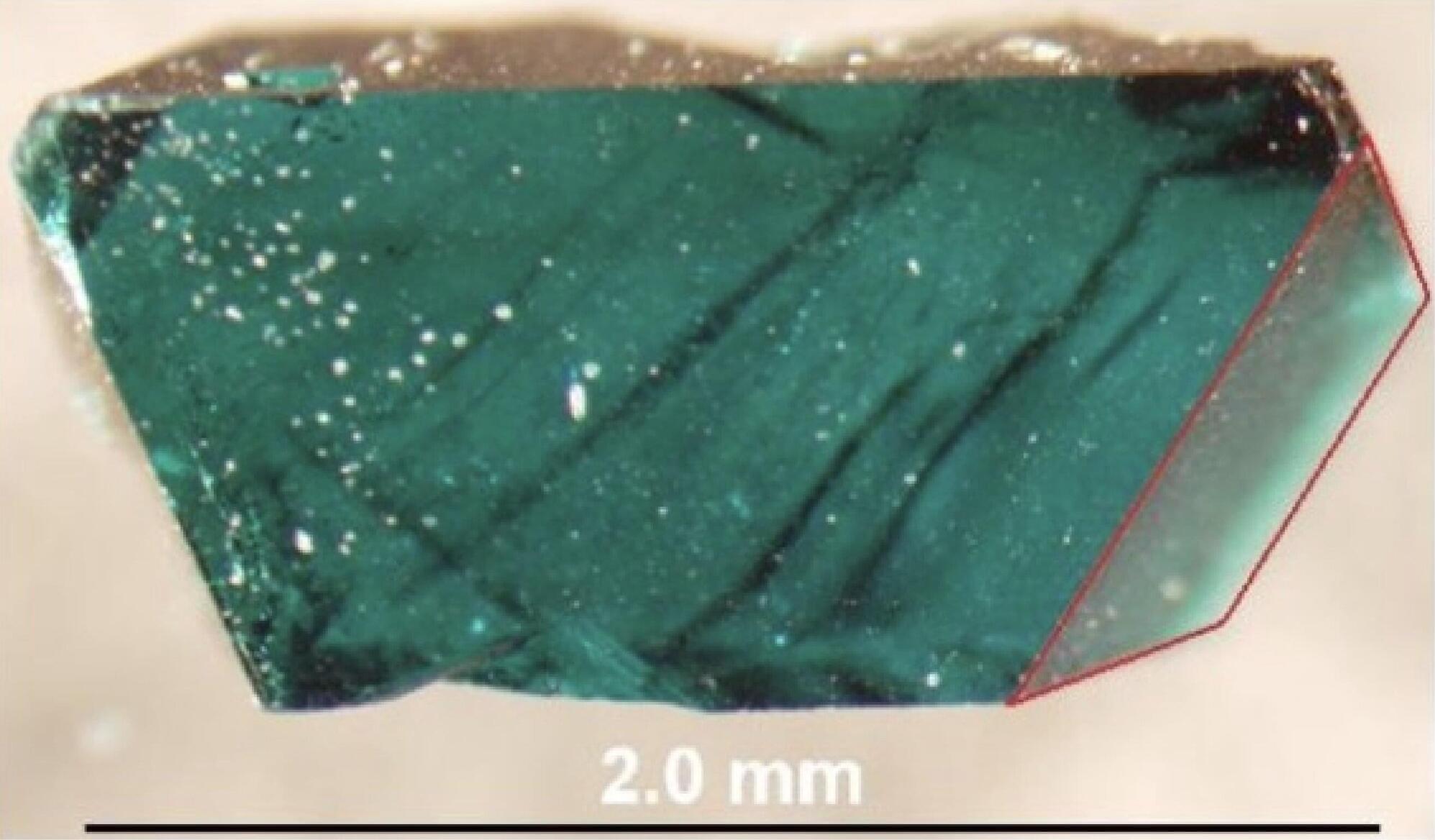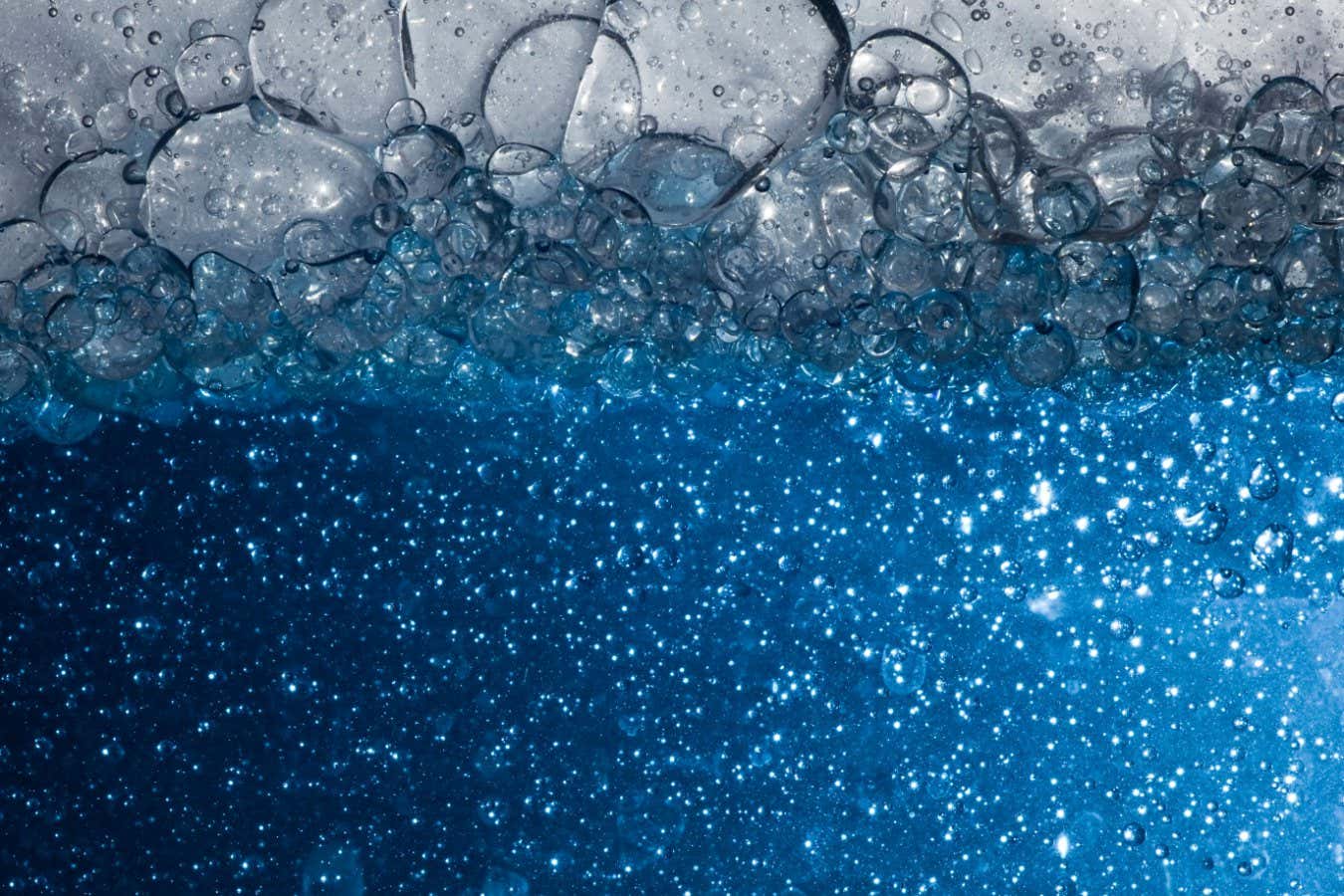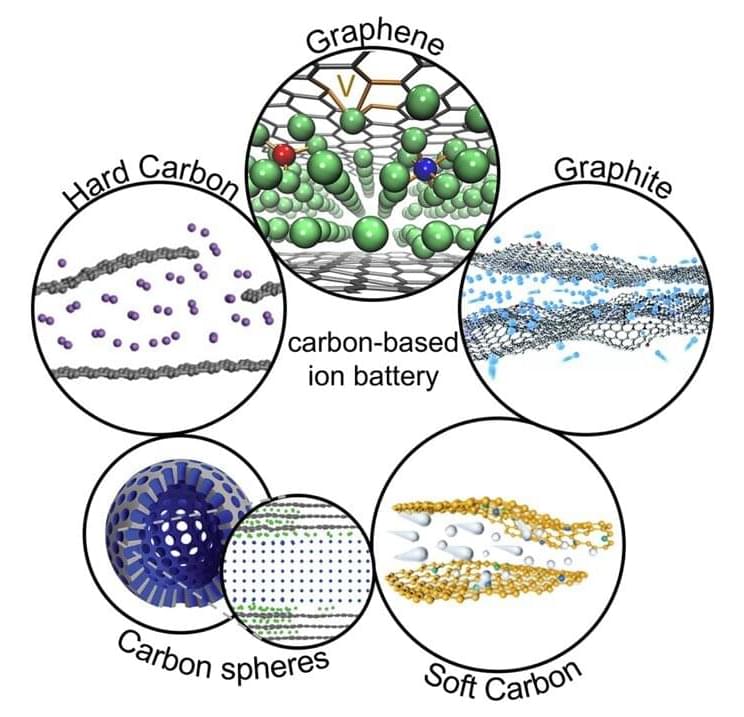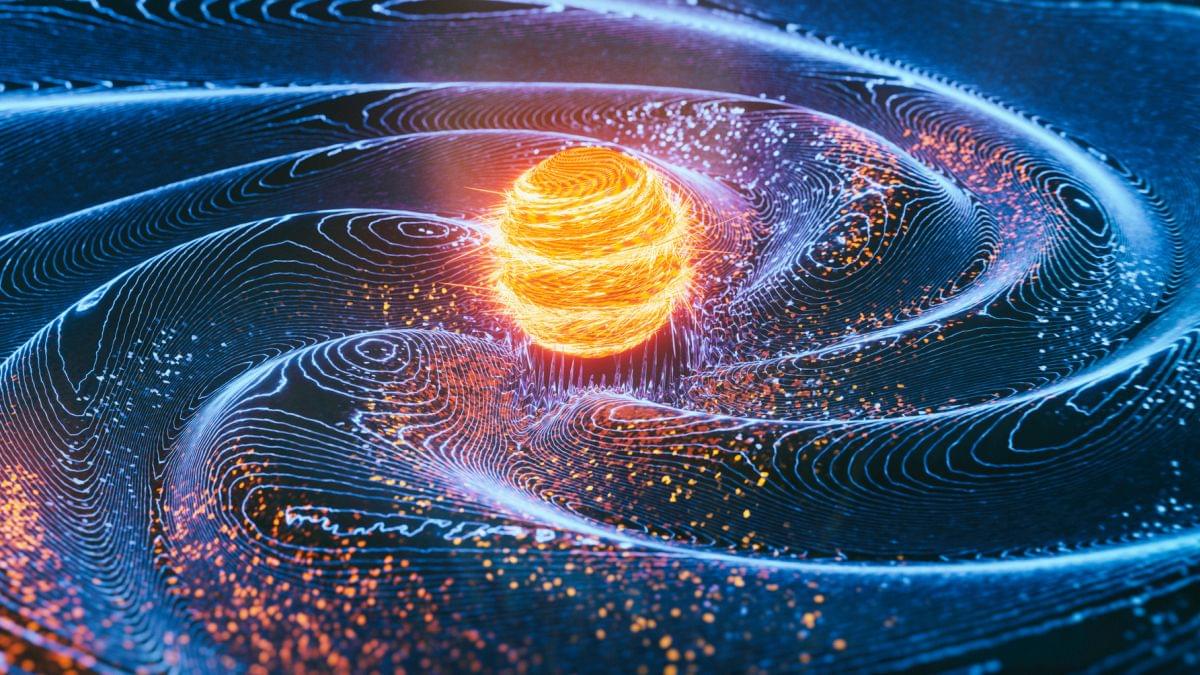Properties that remain unchanged when materials are stretched or bent, which are broadly referred to as topological properties, can contribute to the emergence of unusual physical effects in specific systems.
Over the past few years, many physicists have been investigating the physical effects emerging from the topology of non-Hermitian systems, open systems that exchange energy with their surroundings.
Researchers at Nanyang Technological University and the Australian National University set out to probe non-Hermitian topological phenomena in systems comprised of light and matter particles that strongly interact with each other.
